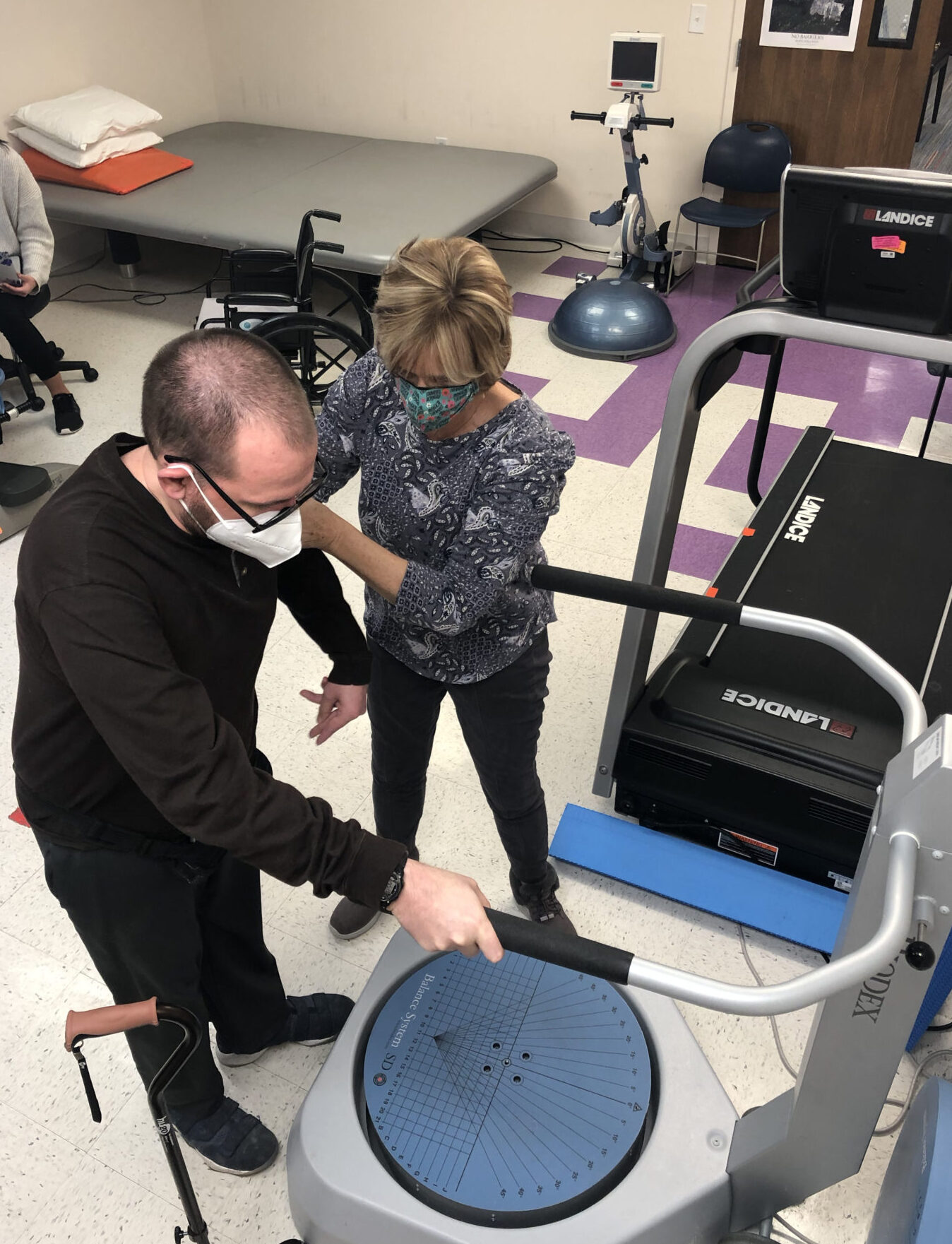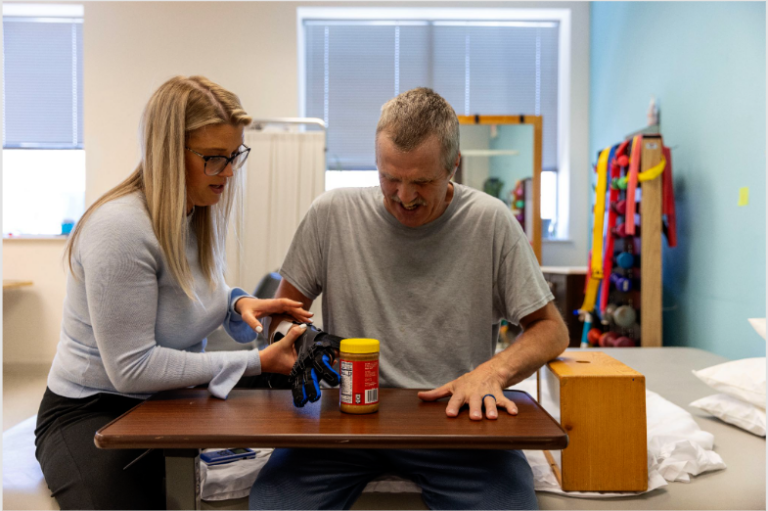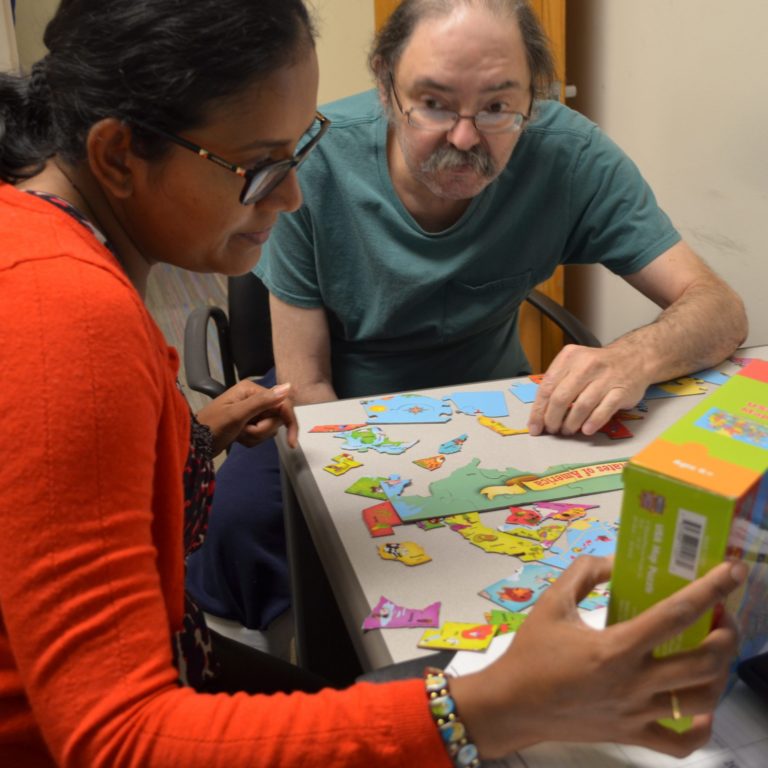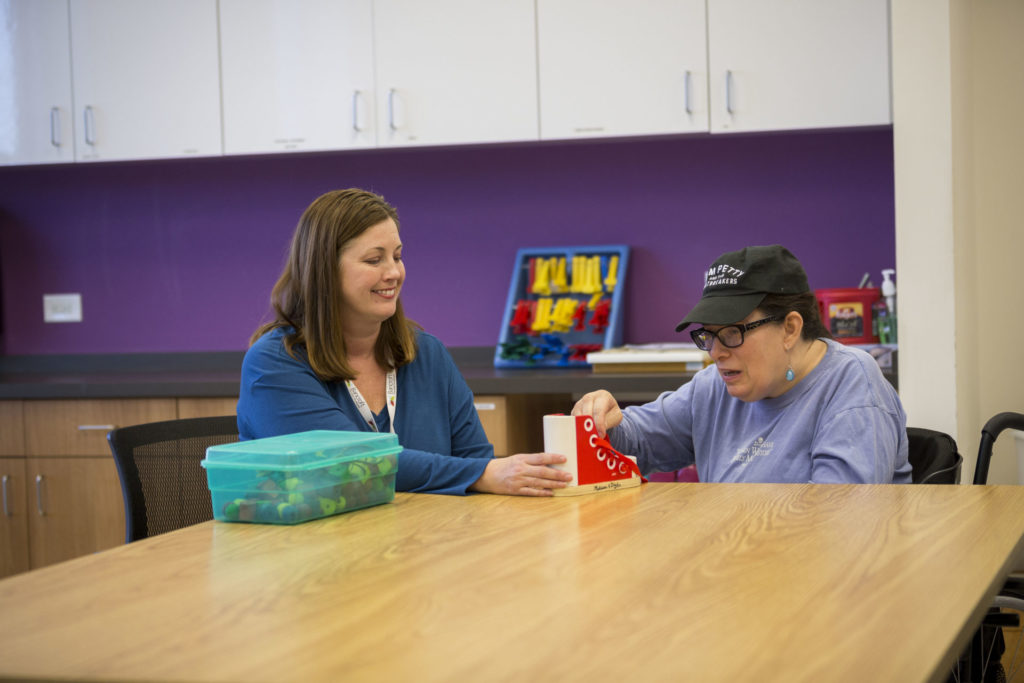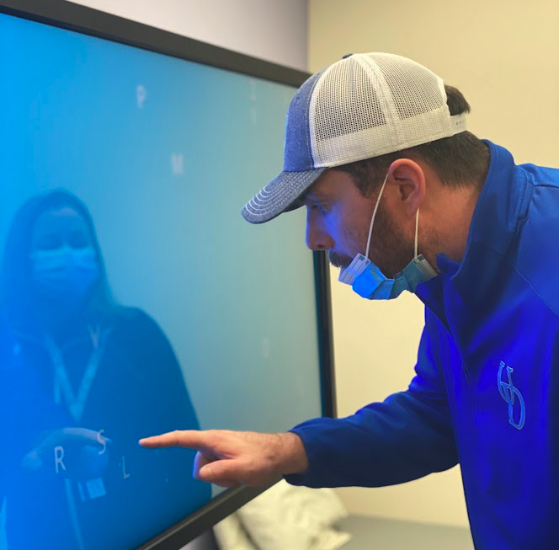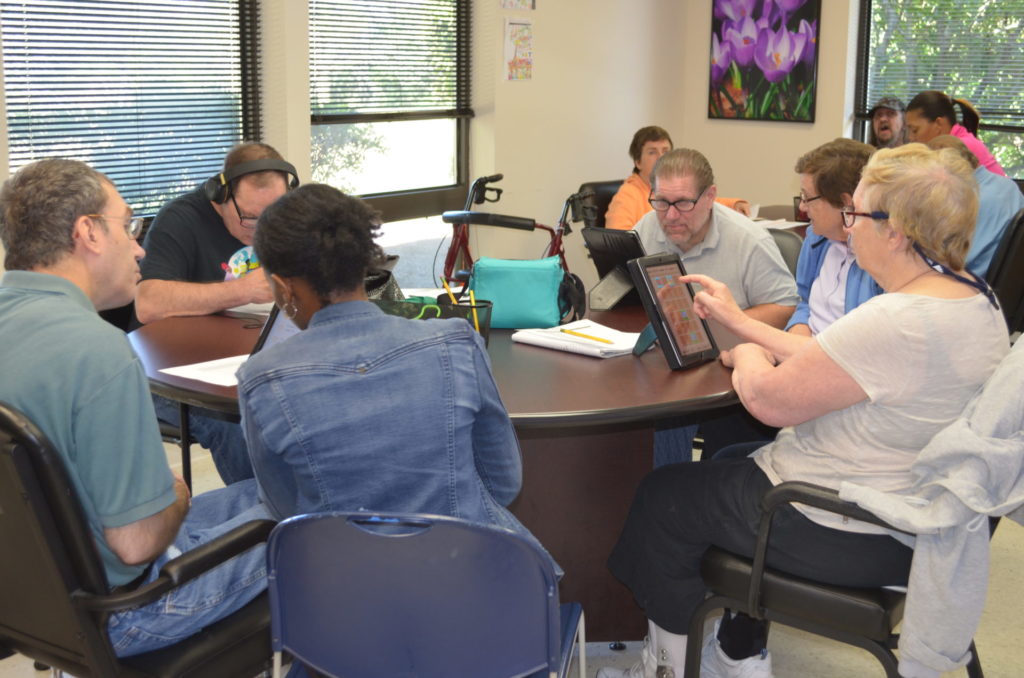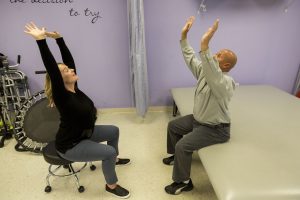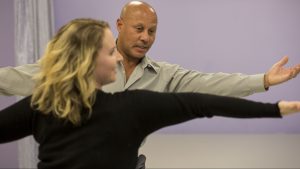March is Brain Injury Awareness month, and to spread awareness, one local physical therapist shares ways to get your body and mind in shape
Contributor: Dr. Carolyn Tassini, PT, DPT, NCS, Rehabilitation Supervisor at Bancroft NeuroRehab
Monday March 28, 2016
We can all appreciate that wonderful feeling we have after exercising, whether we take a walk in the park, a jog around the neighborhood, visit a fitness center or even enjoy a bit of dancing – and we have endorphins to thank. This feel-good chemical, released during physical activity, helps block discomfort and pain, and can even lead to a feeling of euphoria (you’ve surely heard of a “runner’s high”). It’s no secret regular physical activity boosts our bodies and moods – but you may not realize its other benefits, especially for individuals who have sustained a brain injury.As a physical therapist at one of the region’s leading service providers for individuals in need of neurological rehabilitation, I’ve seen first-hand the profound impact exercise can have on patients with a range of impairments, from minor sports concussions and memory loss, to more severe traumatic brain injuries. Think about it – individuals with neurological conditions such as Parkinson’s disease, Alzheimer’s disease and even brain injuries often struggle with weight management, mood, sleep, energy, attention, strength, flexibility, endurance and blood pressure regulation – all symptoms exercise helps alleviate even in the healthiest individuals.
|
|
Exercise has also been found to have a positive role in improving memory. A 2014 study found aerobic exercise and resistance training not only boosts memory but can actually increase the size of the hippocampus (the part of the brain that manages memory and learning)!
While we utilize physical activity for individuals recovering from neurological impairments, healthy individuals should adopt a regular exercise regimen to keep their minds sharp, too . So if you’re ready to boost your energy, mood, and memory, establish a no-fail plan. Identify activities you enjoy to get your heart pumping. This could be a brisk walk, a bike ride, raking leaves, dancing or working out at the gym.
I recommend anywhere from 20-40 minutes of moderate activity, three or more times per week to truly reap the benefits. Consider different types of exercise for a balanced program, including:
Cardiovascular Training – increases heart rate and can include brisk walking, jogging, swimming, cycling or taking an exercise class.
|
|
Strength Training – is designed to improve muscle function and can include pushing, pulling, or lifting against resistance.Flexibility Training –
encourages a full or increased range of motion and can include things like stretching, yoga, and tai chi.
Beginning a simple exercise routine should never be stressful or daunting. Identify those activities you truly enjoy, and you’ll soon look forward to working out. Start small, and if you fall off course, keep your health – body and brain – in mind if you need motivation!
To learn more about neurorehabilitation services, including treatments for concussion, stroke, memory loss and other physical and cognitive impairments including TBI, at Bancroft NeuroRehab, call 844.234.8387 .

